Raspberry Pis are a series of small, single-board computers (SBCs) planned initially to acquaint kids with computer science. They are minimal expense, simple to use, fun, and make way for endless creativity and potential outcomes to foster innovation.
More than 40 million Raspberry Pis have been created since their presentation in 2012, and the plan has been continually refreshed.
Today, the highest point of-the-range Pi 4 is powerful enough to replace a desktop computer and costs somewhere in the range of $55 and $75. The more seasoned Pi 3B+ is as yet accessible at a lower cost and incredible enough for most applications.
What is Raspberry Pi?
It is an affordable, card-sized computer that you can plug into a computer screen or TV, and uses a standard console and mouse. This skilled little device allows users to learn computing and to figure out how to program in dialects like Scratch and Python.
It can do all that you would anticipate that a desktop computer should do, from using the web and playing top-quality videos, to gaming and making spreadsheets. We need to see the Raspberry Pi being used by kids all around the world to figure out how to program and see how computers work.
Supporting the immense ubiquity of these devices is the ready accessibility of learning resources found online, their simplicity to program, and the colossal accessibility of “plug play” equipment to transform the Raspberry Pi into a fitness center point for interfacing with the actual world.
What Can the Latest Raspberry PI 4 Do?
This machine can do amazing things. Beginner tech enthusiasts, for starters, can use Pi boards as gaming consoles for retro games, media centers, as well as ad blockers. Anyway, that is only an example of what it is capable of.
There are many ventures out there, where individuals have used the Pi to fabricate tablets, laptops, cell phones, robots, smart mirrors, to take pictures on the edge of the room, to run experiments on the International Space Station – and that is without referencing the more strange creations – teabag dunker anybody?
With the Pi 4 being faster, ready to interpret 4K video, profiting from faster storage by means of USB 3.0, and quicker network connections through true Gigabit Ethernet, the opportunities are available to plenty of new uses.
It is additionally the principal Pi that upholds two screens at one – up to double 4K@30 presentations – an aid for creatives who need more work area.
How Can I Get Started With the Raspberry PI 4?
One thing to remember is that in its least expensive structure, the Pi is only a bare board. You will likewise require a power supply, a monitor or TV, leads to connect with the screen – usually a micro HDMI link – and a mouse and console.
Downloading the NOOBS installers can help you get operational on the Pi. However, before, this, you need to plug in all the cables.
After the download completes, adhere to the directions so that you can get an introduction to the OS on the Pi. The installer permits you to install various operating systems, although first-time clients should opt for the official OS, which is called Raspbian.
If you ever used a desktop computer, you will find the Raspbian recognizable. The OS, which is continually being improved, has had a few graphical updates, most of them to give its interface a moderate look, and incorporates an upgraded internet browser, an office suite, programming tools, educational games, and other software.
Which Operating Systems Are Compatible With the PI?
The Pi is compatible with a wide range of systems, including the Snappy Ubuntu Core, the official Raspbian OS, as well as the Windows 10 IoT Core.
Fun Projects for Children on the Raspberry PI
The Raspberry PI can be used to foster growth, creativity, problem-solving skills in children, and is also a great way to pass time in a fun way! Below we have listed the top 10 fun projects that you can enjoy with your kids.
Lost in Space

Children as young as eight years old can have a good time figuring out how to program with the help of Scratch – a simple, visual, block-based programming language.
Simple to adhere to directions allow you to make straightforward, space-inspired, animated visuals. Scratch is accessible on computers as well, yet settling on a Raspberry Pi opens opportunities for the innovative venture into cooperating with actual articles like LEDs, buttons, bells, and that is just the beginning!
Who Planned It: Raspberry Pi Foundation
User-friendliness: Easy and reasonable for beginners and newbies to programming and Raspberry Pi
Where can you find it: Raspberry Pi Foundation
NatureWatch Cam
It is not difficult to make this splendid nature camera with a Raspberry Pi Zero W and a camera module, either the V2 or the HQ. This venture has been developed and worked on lately.
Who Planned It: My Naturewatch
User-friendliness: Easy to assemble and use. In addition to the directions, you can likewise see Maddie Moate’s splendid YouTube video on how she made and used her own.
Where can you find it: My Naturewatch
Laser Tripwire
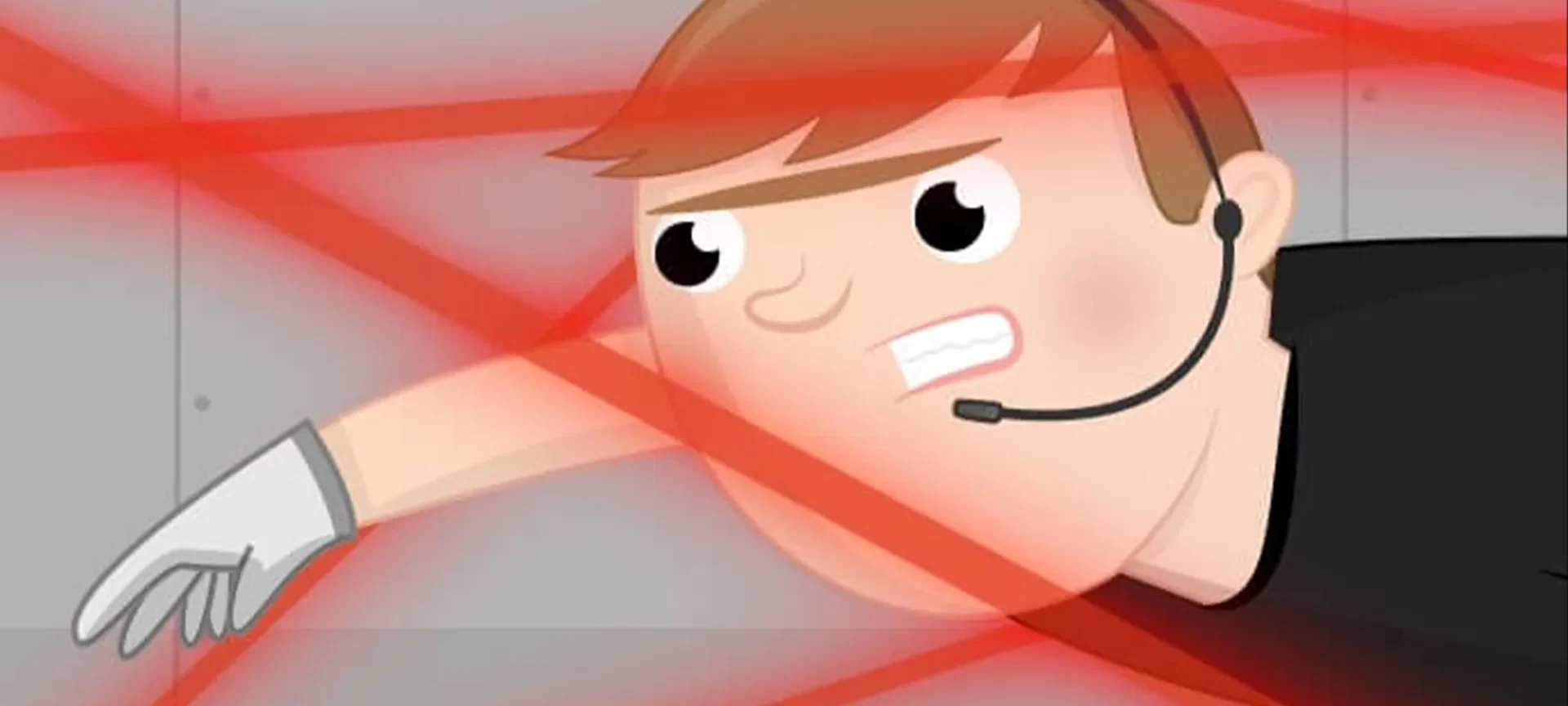 Credit: raspberrypi
Credit: raspberrypi
Make an undetectable laser tripwire very much like in the motion pictures to shield your stuff from the hands of naughty siblings, or worse, parents! The fundamental directions tell you the best way to make and program an invisible switch.
At the point when the laser beam is broken, an alarm is set off. With a little creativity, the idea can be extended to playback your own recorded message or to spring a cunning booby trap!
Who planned it: Raspberry Pi Foundation
User-friendliness: Easy, despite the fact that it may require grown-up help.
Where can you find it: Raspberry Pi Foundation
RetroPie Games Console
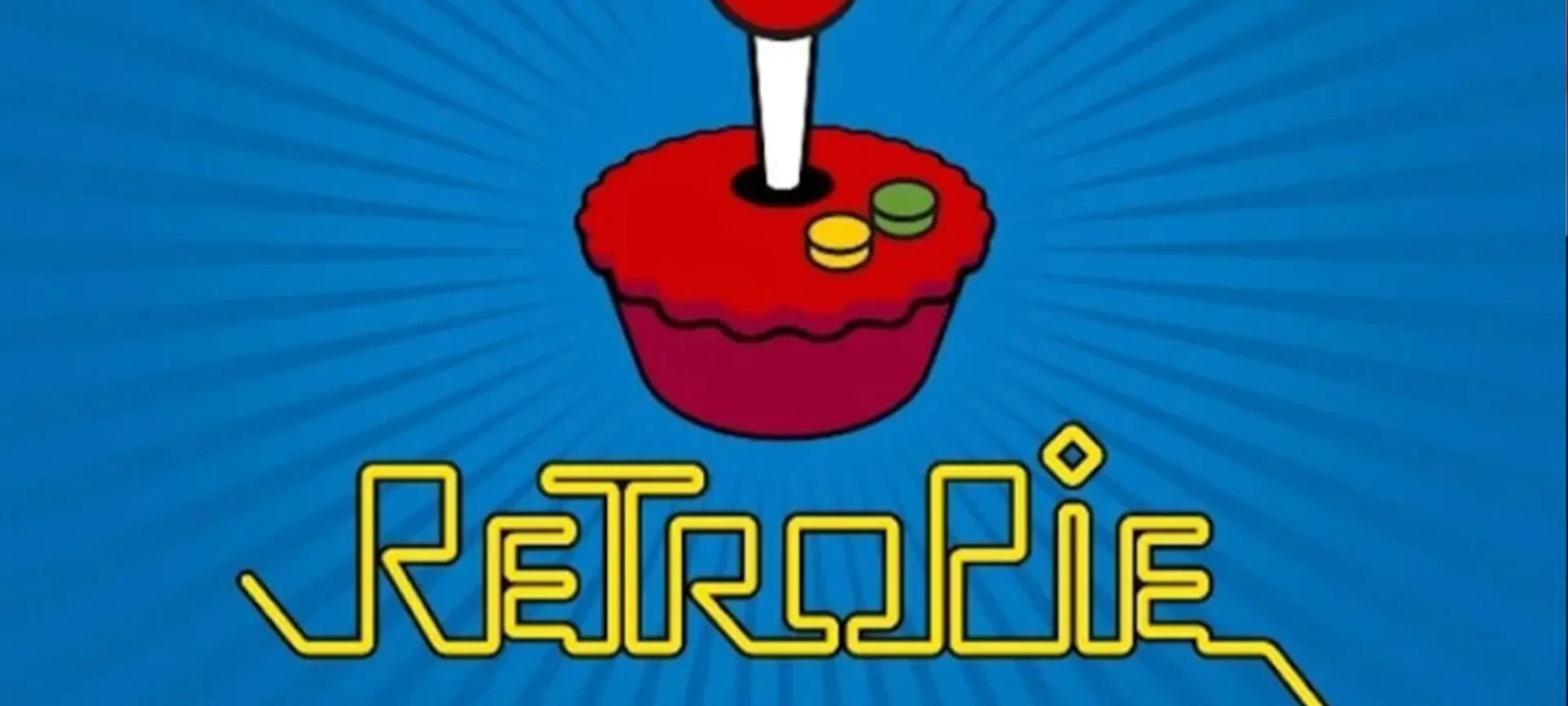
This well-supported, open-source project keeps improving. It uses a Raspberry Pi to copy practically any arcade game or games console, connect with numerous controllers, and more. It also upholds many new game systems, as well.
The underlying form is direct, and there are numerous choices for gaming enthusiasts to tweak how it functions. You could also create dedicated housings for arcade consoles as well as consoles for mobile games.
Who planned it: PetRockBlock
User-friendliness: Users need to know how the Raspberry Pi works and how to connect the peripherals. Still, it’s not that difficult or complex and can be achieved by beginners of they carefully follow the directions.
Where can you find it: Detailed guidelines at RetroPie’s site or a basic and quick build can be found in ETA Prime’s video.
Woo Pi Cushion
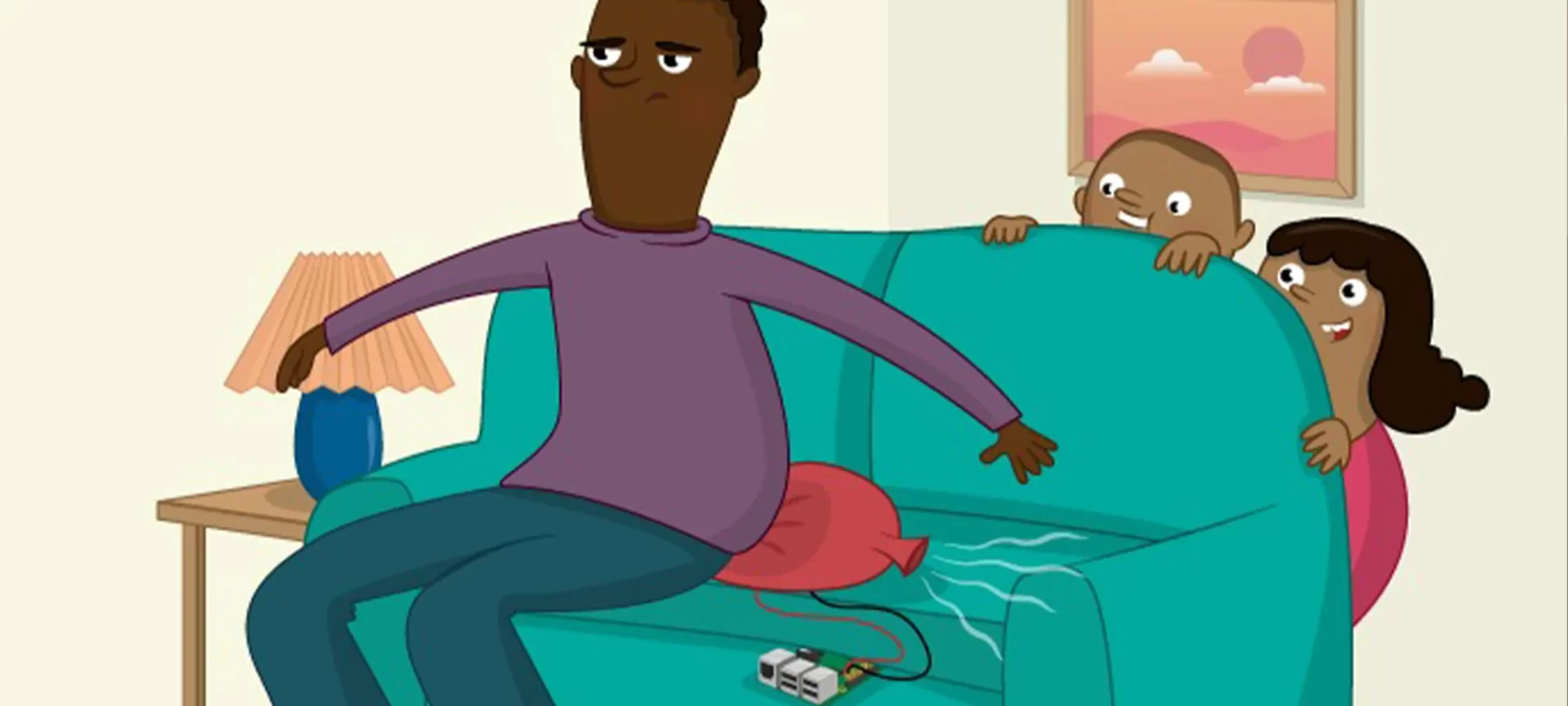
Make an electronic variant of the exemplary joke-shop whoopee cushion. Apparently, this appears to be a silly task, which it is!
Nevertheless, there is a long way to go with regards to how to interface computers to this present world, simplify the making of contact switches, and how to play sound effects using the Raspberry Pi.
The fundamental concept can be used for various other applications where a sound is played with the help of a switch contact being made or broken.
Who planned it: Raspberry Pi Foundation
User-friendliness: Easy, and any necessary making is basic. You needn’t bother with any devices other than some scissors!
Where can you find it: Raspberry Pi Foundation
Melodic Fruit
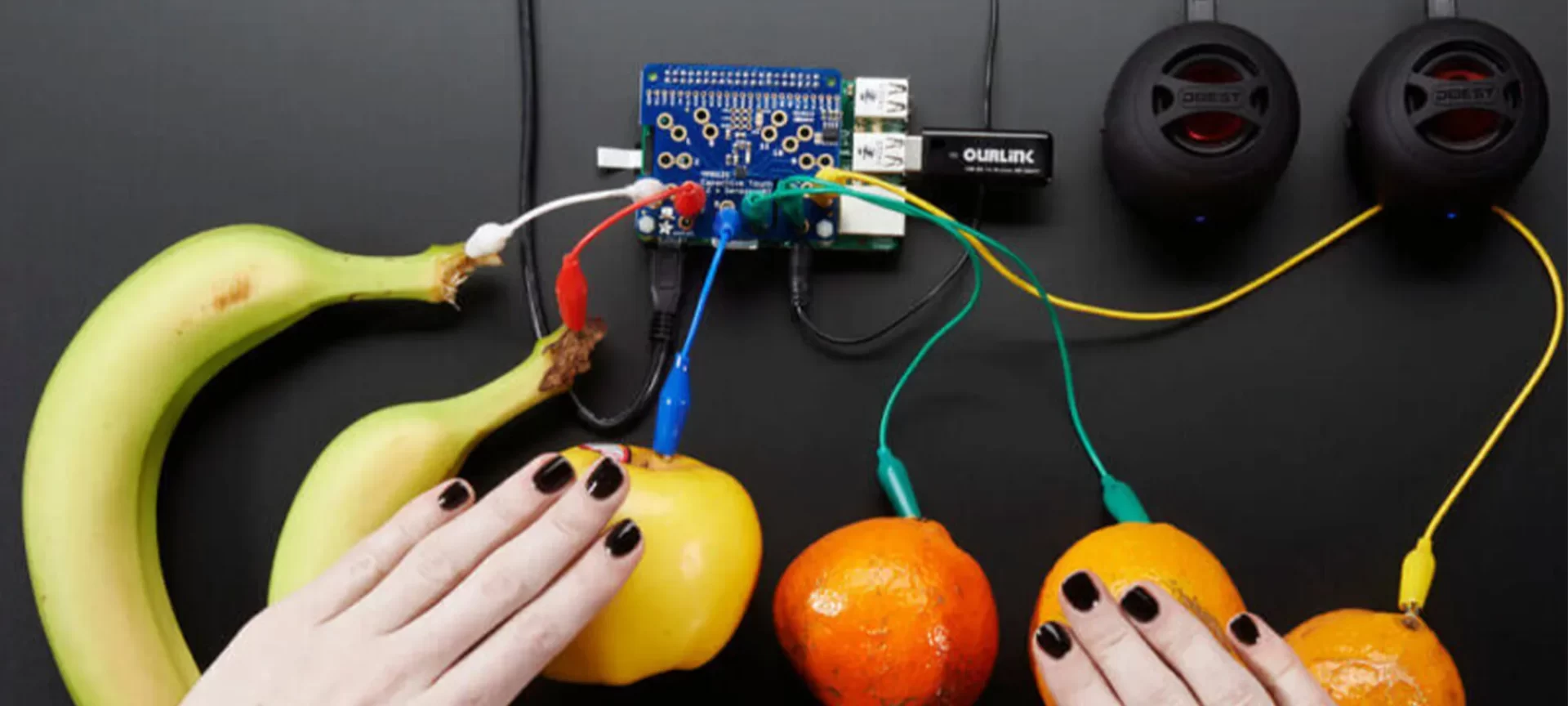
This task wears a HAT (“Hardware Attached on Top”), which is one of many devoted connections that grow what your Pi can accomplish without building your own circuits.
For this situation, the HAT upholds “capacitive touch switches”, and there are a large number of ventures that use these innovatively.
In this model, the HAT distinguishes when the fruit is touched, mainly apples, oranges, and bananas (however you could use any fruit).
At the point when touched, a sound is set off and you can tweak this to make a drum machine, audio effects player, or a simple synthesizer.
Who planned it: Adafruit
User-friendliness: Straightforward with no specific structure to follow – simply connect and go!
Where can you find it: Adafruit
Bat Radar
We realize that bats “see” using ultrasonic echolocation. This great venture executes an extremely straightforward adaptation of that guideline using an ultrasound sensor as the radar and a vibration gadget to detect far away the objects are.
It is not difficult to imagine how you could use this task as a reason for more advanced reasons. You could combine it with the Minecraft project to sort out some way to make a picture dependent on the echoes!
Who planned it: Raspberry Pi Foundation
User-friendliness: Reasonably clear. There are a couple of parts to assemble yet neither are complex or difficult.
Where can you find it: Raspberry Pi Foundation
Environmental Monitor

Another task that uses dedicated bolt-on hardware is this extraordinary little device, which joins temperature, pressure, humidity, light, and sound level estimation with the help of a tiny color show.
It is not difficult to work with parts to find out how to record, show, and access the gathered information. Assuming you need more, there are somewhat more costly forms that add more air quality estimations and can be connected to citizen science initiatives.
Who planned it: Pimoroni
User-friendliness: Easy! The building doesn’t need soldering and the guidelines are clear.
Where can you find it: Pimoroni
Minecraft Selfies
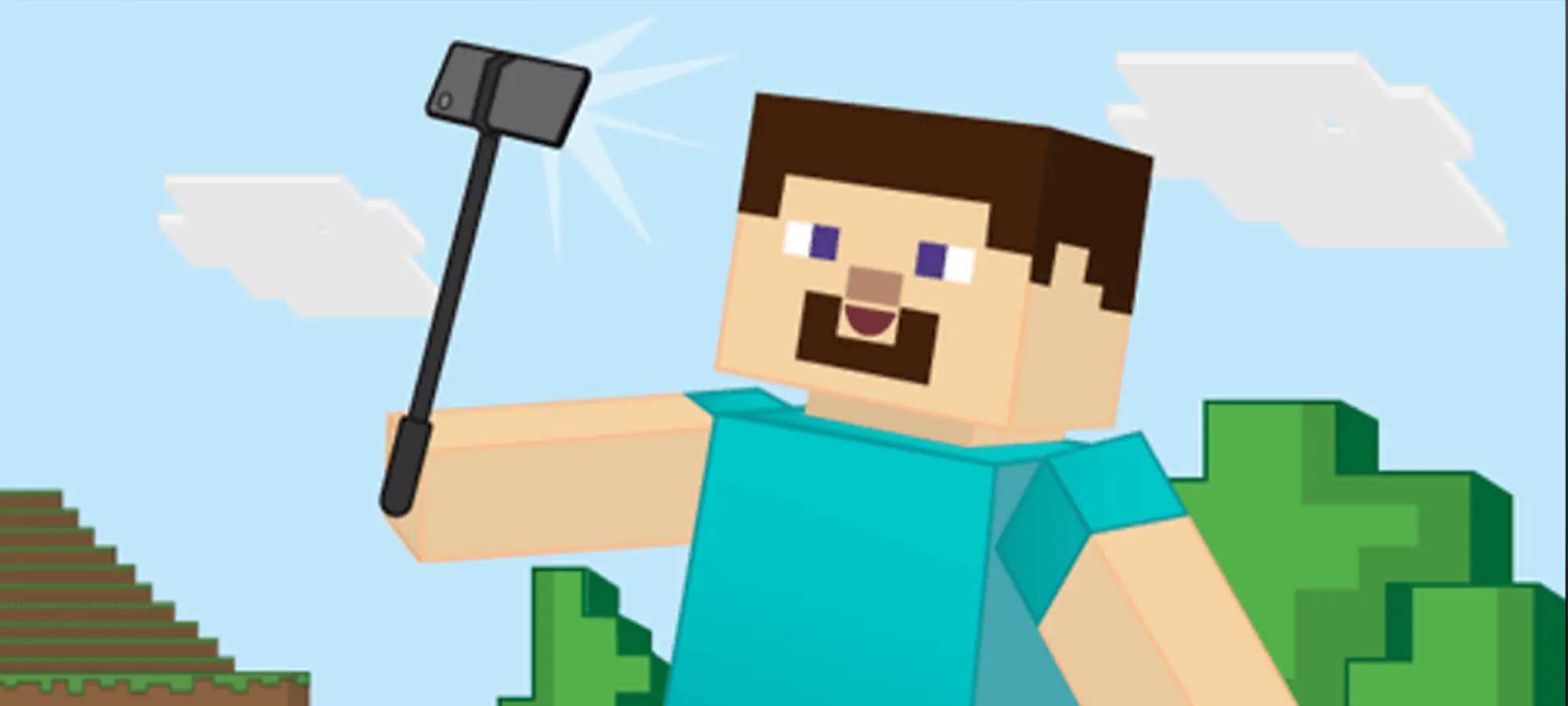
This is a splendid task to figure out how computers measure picture information caught by a camera. It enables you to take a selfie (or some other picture) and convert it into an image produced using Minecraft-style finished pixels.
Before the finish of the venture, you ought to have become adequately certain to begin applying other picture changes or even use similar procedures to change a whole video cut instead of a still picture.
Who planned it: Raspberry Pi Foundation
User-friendliness: Assumes a simple experience with Python programming
Where can you find it: Raspberry Pi Foundation
Sound Reactive Light Strip
Transform a NeoPixel strip into a vivid and colorful sound-reactive display (Source: Adafruit). May there be light! Make your own imaginative sound-to-light system and create a new dimension to your #1 music or game soundtracks.
This is a simple-to-execute project and an incredible prologue to programming NeoPixel LED light strips.
It comes in different variants: one that uses a microphone to pay attention to surrounding sounds and convert that into light patterns and another that uses the Raspberry Pi as a music player itself.
There are loads of conceivable outcomes to adjust the “sound to light” algorithm and experiment with various formats of LED lights.
Who planned it: Nazmus Nasir
User-friendliness: Requires cautious following of the directions as there are a few unique and related variants to choose from. In any case, it’s not very troublesome and can be overseen by those with not much experience.
Where can you find it: YouTube
Conclusion
The Pi is a Linux computer, so in fact, it can do anything any Linux computer can do, for example, run email and Web work services, go about as network storage, or work as a VPN.
The DIY ethos around the Pi makes it admirable regardless of its eccentric and frequently frustrating conduct. The board’s notoriety implies you can without much difficulty discovers help when you run into issues, and a huge number of how-to guides give help.
With every one of the peculiarities and issues, you will always remember that it is a $35 computer that runs free, open-source working systems, and that is part of the fun you will have while using it.







